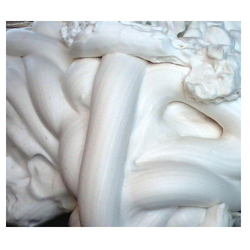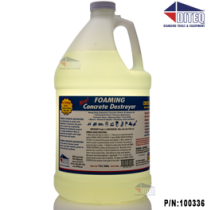
Foam concrete is light weighted concrete which is formed by adding the particular flavor to generate air bubbles inside it, and the foam concrete generally uses at high-temperature wadding or at that time when lightweight concrete is required. Froth concrete, otherwise called as cell concrete. Foam concrete is produced using water, cement, and foam. This mix may likewise contain accumulations or blends which are added to change its physical assets. Foam concrete is a lightweight mixture having a small thickness and limited strength in most of the uses. The CLC Foaming Agent usually is a self-leveling and compacting material that is more impervious to breaking and shrinkage than standard concrete blends.

Quality of foam concrete
The quality and durability of froth cement fluctuate dependent upon the engineered portions which are mixed into it. For instance, froth solid, which is made with sand, is more dominant and contain higher thickness than that of froth solid, which is made with simply concrete and froth. In Some froth solid blends, Portland concrete is incorporated which is blended with the bond and froth independent from anyone else or blended with pummeled fly slag. It might likewise incorporate limestone. Every one of these blends makes a bond item perfect for various applications in any case, commonly, all-froth solid things become progressively sheltered when compacted and aren’t powerless against liquefication or settlement once hardened.
Advantages of The lightweight Concrete:
Foam concrete is lightweight, so it’s optimal in applications where substantial concrete structures are required because it is more straightforward to move to begin with one zone then onto the following one. It is simpler to cut than standard concrete, making it perfect in circumstances where openings for wiring and pipe must be cut into the concrete. Froth cement contains no perilous substances that might be ruinous to the earth, making it an eco-obliging structure material as well. Since froth cement may include up to80 percent air, it has great insurance, sound-fascinating, and fire-res
Different Uses of the Foam concrete
- Foam concrete which is made with the mixture of cement and foam is typically used in the formation of roofs and buildings in the form of shielding material.
- The low thickness of froth solid makes it inadmissible for mechanical uses, however it might be utilized to fill empty squares and voids among blocks and to fill unused courses and underground voids, for example, old funnels.
- Foam cement made with sand, bond, and froth is denser, making it perfect for applications that require a basically stable material, for example, when making precast squares, for protection and soundproofing in private and business structures, establishments and solid chunk work.
- Foam cement may likewise be utilized for filling curves in scaffolds and viaducts, soil substitution and adjustment, and for street establishments.
For what reason would it be a good idea for you to utilize lightweight concrete?
Since lightweight concrete or foamed concrete is extraordinary kind of concrete, a possibility for those concrete structures which are not worked according to models to take the dead heap of plain cement concrete. Through and through lightweight concrete satisfies the prerequisite in some uncommon structure innovation situations where warm protection and the sound wall should be executed.
